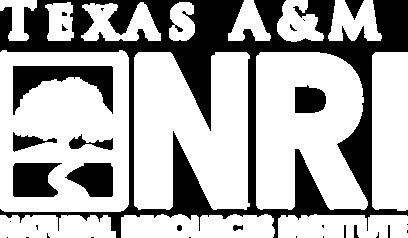WHERE CONSERVATION AND APPLIED RESEARCH MEET.





At the Texas A&M Natural Resources Institute, our work improves the conservation and management of natural resources and private land stewardship through interdisciplinary and applied research, education and policy
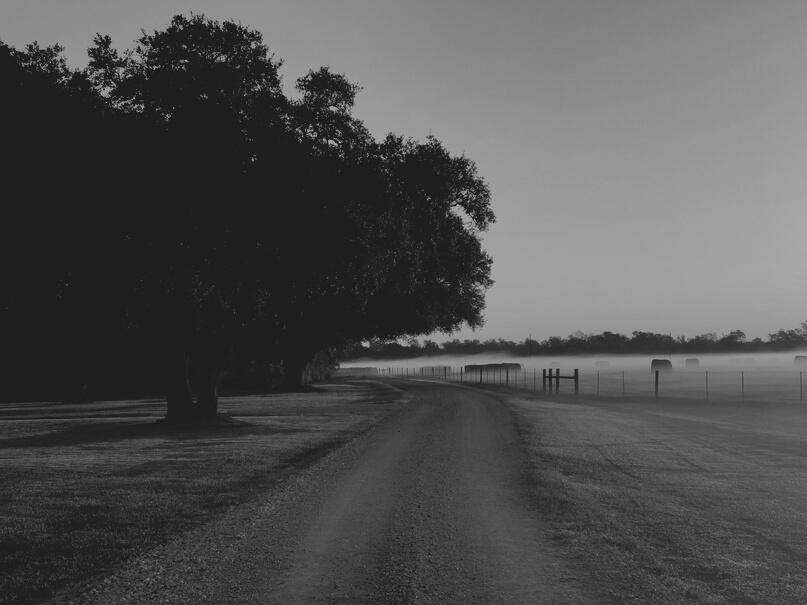
We're committed to solving natural resource issues and engaging land managers, partners, citizens and policymakers throughout the process
Our capacity to respond to conservation challenges results from our:
team of researchers who have broadranging expertise ability to identify and fill information gaps necessary for scientifically sound and effective natural resource policies dedicated staff working at the intersection of research, management, policy and outreach strong partnerships and collaborations with universities, government agencies, nongovernmental organizations and other stakeholders

READ OUR ANNUAL REPORT TO LEARN ABOUT OUR RECENT PROJECTS, OUR TEAM OF CHANGE-MAKERS AND TO SEE WHERE WE WORK ACROSS THE U.S.
Through our program focus areas of Land, Wildlife, Military and Stewardship, we are able to:
1. develop geospatial tools to promote long-term planning for landscape conservation
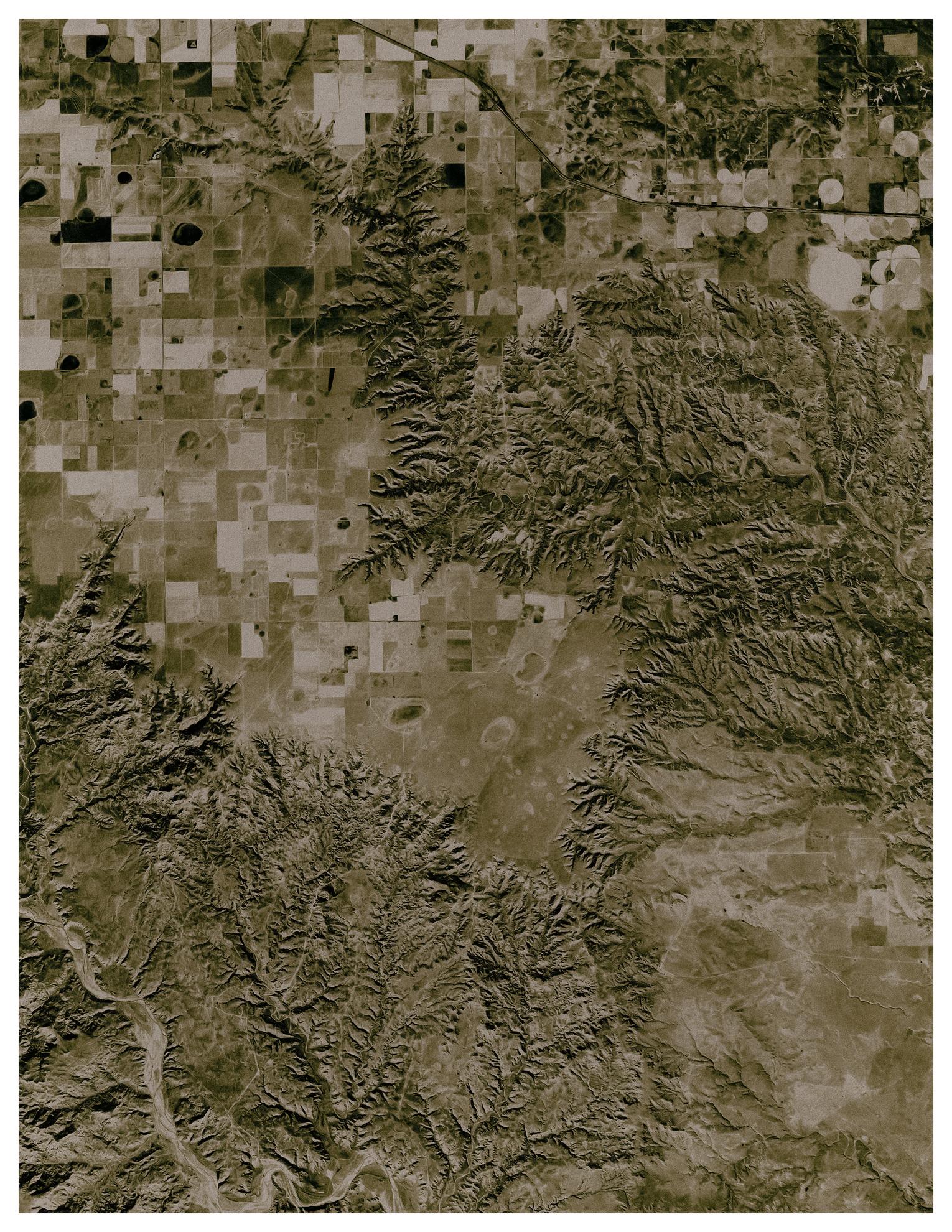
2. promote plant and animal population management, including threatened and endangered species, through the application and translation of sound science
3. support the twin imperatives of military readiness and land conservation through integrated land management, applied research and collaborative regional planning
4. foster stewardship of private lands and their public benefits through engagement and partnerships, and offer science-based, pragmatic solutions.

SEE A COLLECTION OF OUR CONDUCTED SCIENCE FROM THE FIELD TO YOUR DESK SERVING RESEARCH EFFORTS, STEWARDSHIP PRACTICES AND POLICY CHANGES.
Through our Private Lands and Trends hub, our Natural Resource Research team conducts field research that addresses the current issues for wildlife populations and habitat of concern regarding rangeland ecosystems, avian and aquatic species, mammals, amphibians and reptiles

To get to know our collective work and the overall impact of each scientific discovery, take a look at our latest Sourcebooks.
Each season, NRI publishes a digital collection of the recently published peerreviewed scientific publications, research reports, and science-based resources developed to support the improvement of conservation, natural resource management and private land stewardship

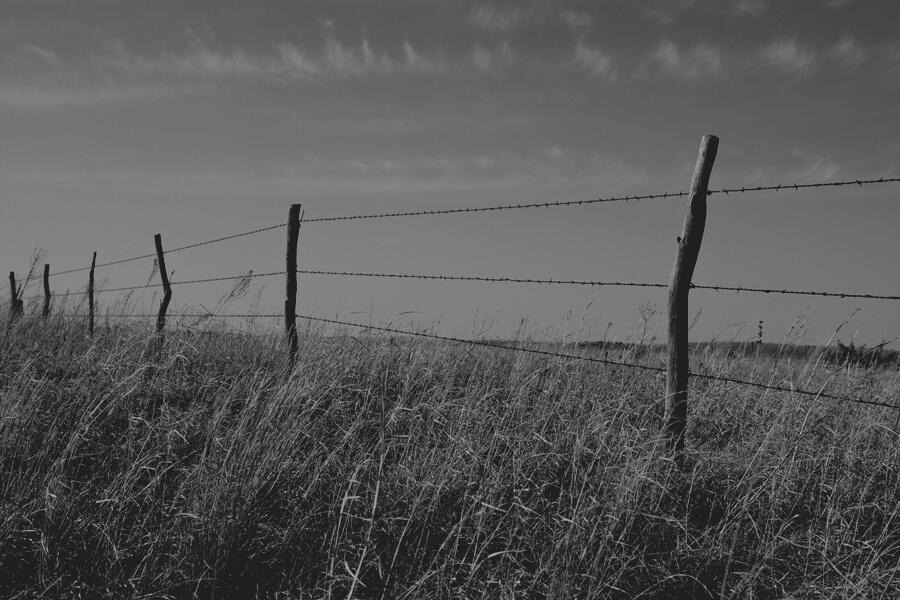
VISIT OUR TEXAS LAND TRENDS WEBSITE TO LEARN ABOUT A CHANGING TEXAS AND TO READ OUR LATEST LAND TRENDS REPORTS.
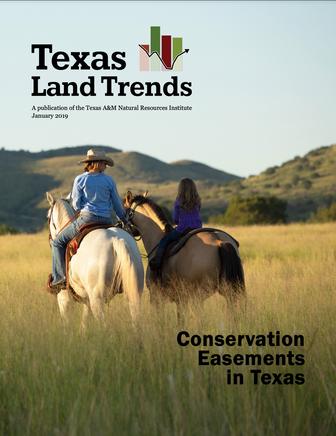
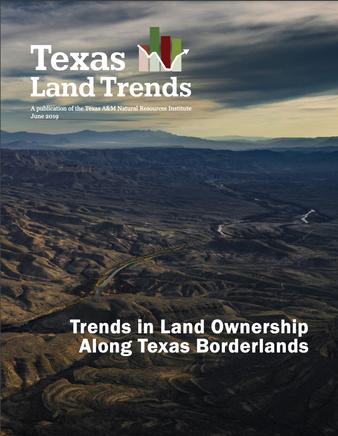
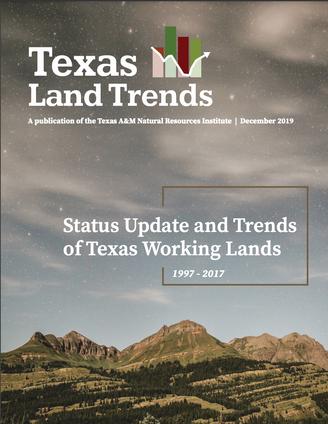
The other side of our Private Lands and Trends hub, our Land Trends analysts work to develop interactive geospatial tools to visualize research findings so that we may solve landscape-scale conservation challenges and promote stewardship needs to landowners and policymakers.

NRI's work and rapport with private landowners and urban and rural communities offers unique engagement and education opportunities to relay research findings and pragmatic solutions to emerging natural resource challenges which is the key to stewardship in perpetuity

We are fortunate to serve in a leading role for two key nationwide networks:


The CESU Network is a national consortium of many different partners at the federal, state, and local level working together to support informed public trust resource stewardship As one of the seventeen CESUs, the Gulf Coast Cooperative Ecosystem Studies Unit (GCCESU) is hosted by Texas A&M AgriLife Research through us, the Natural Resources Institute We work with our GCCESU partners to facilitate collaborative research, education, and technical assistance pertaining to the human and natural environment both within Texas and beyond
RREA designates federal funding for natural resource Extension programs to sustain and address emerging renewable resources on forest and rangelands The United States Department of Agriculture’s National Institute of Food and Agriculture (USDA-NIFA) oversees those funds at the national level and distributes them to land grant institutions, with NRI being the host institution for the state of Texas We work closely with specialists within Texas A&M University’s Department of Rangeland, Wildlife and Fisheries Management (RWFM) to address key conservation issues through education and outreach


WATCH THE SENTINELS: A 12-MINUTE INSIDE LOOK AT THE BALANCE OF STEWARDSHIP AND MILITARY PLANNING.
Our Military Land Sustainability & Policy hub is our robust internal network of teams designed to support military readiness, land stewardship and regional partnership planning through integrated management practices on and around military bases.

The Wildlife Conservation & Policy Innovation team directs our threatened and endangered species work through the U S Fish and Wildlife Service and provides the U S Department of Defense with natural resource program support
Based on the established programming needs, our Installation Management team is then deployed to conduct continued research and carry out responsibilities related to conservation practices on military bases and installations throughout the U.S., supporting existing teams and personnel.
To ensure we ’ re working across networks effectively, our Regional Planning & Partnerships experts collaboratively drive initiatives like the Sentinel Landscapes Partnership, the Southeast Regional Partnership for Planning and Sustainability and the Readiness and Environmental Protection Integration program established to protect military missions by helping remove or avoid land-use conflicts near installations and address regulatory restrictions

